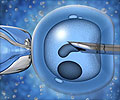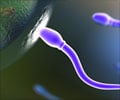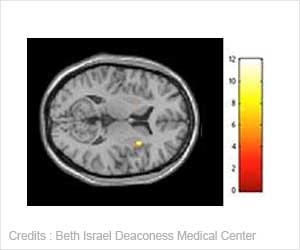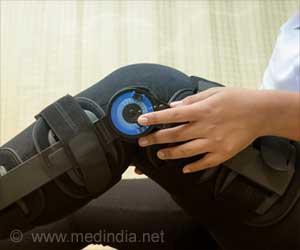Epigenetic changes in sperm samples contribute to inherited transmission of autism spectrum disorder from the father to children.

TOP INSIGHT
Epigenetic changes in sperm samples contribute to inherited transmission of autism spectrum disorder from the father to children. This can help develop a potential medical tool to diagnose the susceptibility and also trace how the epigenetic changes occurred in the first place.
"We can now potentially use this to assess whether a man is going to pass autism on to his children. It is also a major step toward identifying what factors might promote autism", says Michael Skinner, professor of biological sciences at Washington State University and corresponding author on the study.
Epigenetic changes in Autism spectrum disorder
Autism spectrum disorder (ASD) is a broad spectrum of disorder due to neuro-developmental delay. It is primarily characterized by social, communication and behavioral challenges.
Autism spectrum disorder has witnessed a dramatically increased incidence from 1 in 5,000 people in 1975 to 1 in 68 in 2014. Although efficient diagnostic methods and public awareness for the disease account for these changes, many researchers also affirm the role of environmental and molecular factors as a contributor for the increasing incidence over the last two decades.
Hence, autism can be inherited to the children from their parents, more often the transmission being from fathers than mothers.
The study had found that 805 different DNA methylation regions can act as an epigenetic biomarker for susceptibility to father offspring with autism. Further trials are being undertaken by the team to develop the study's findings into a potential medical tool and also trace how the epigenetic changes occurred in the first place.
"We found out years ago that environmental factors can alter the germ line, the sperm or the egg, epigenetics. With this tool we could do larger population-based studies to see what kinds of environmental factors may induce these types with epigenetic changes", says Skinner.
Source-Medindia
 MEDINDIA
MEDINDIA



 Email
Email










